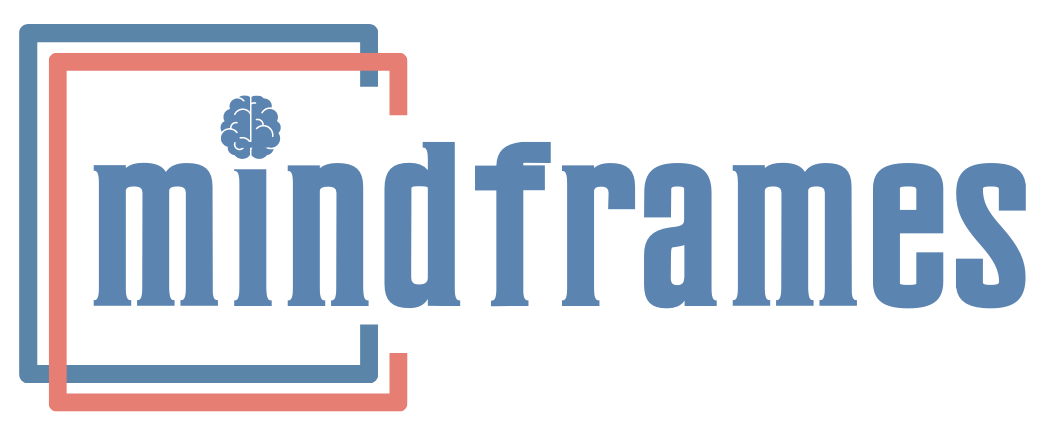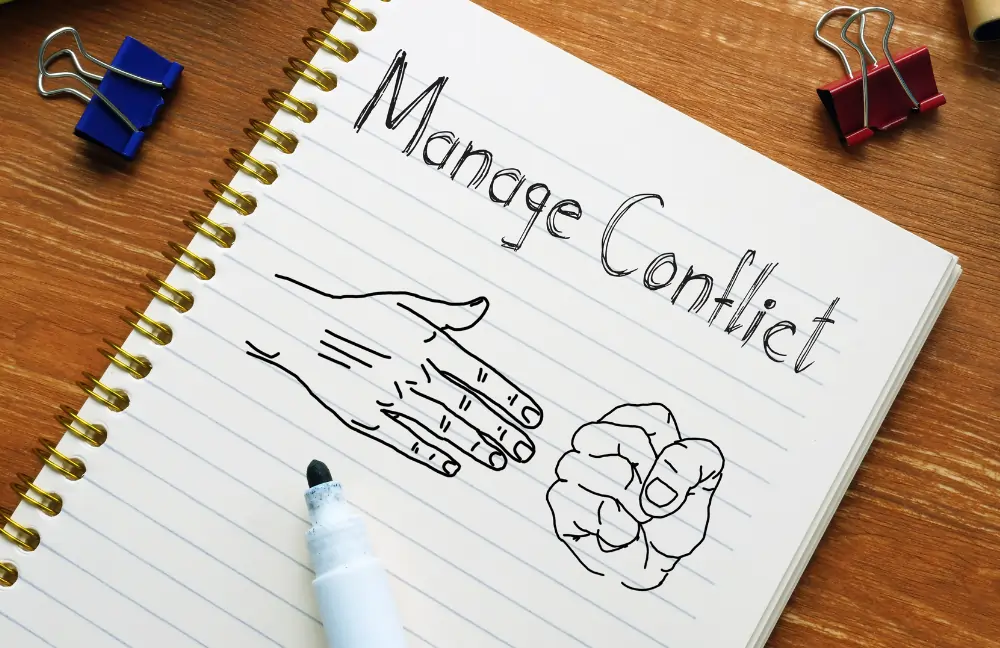Brain vs. Mind Debate: Where does Mindfulness Stand?
The mind – brain debate has a long tradition. Our struggle to decipher the mind and decode its relationship to the brain stretches back to ancient times. We have long known that human beings have an inimitable capacity. Anaximander, the early Greek philosopher of the Milesian school (610 BC), said that “mind gives body a life force.”
In the 6th century BC, Pythagoras proposed that “the brain serves as the organ of the mind and the temple of the soul”. Ancient Greek physicians, before Hippocrates (460 BC), insisted “life was maintained in the human body by a balance of outside natural forces”. This disregarded the mind. Centuries have passed since, and psychoanalysts, psychologists, neurologists, scientists and philosophers still partake this ongoing debate.
I’ve tried to clarify some concepts through this audio on the mind, brain and mindfulness.
Are the Brain and Mind Really Different?
- Her face flashed through my mind
- I think he’s totally out of his mind
- My mind went blank, it was crazy
- Nothing’s coming to my mind now
- An idea crossed my mind right then
- I wish he’d mind his own business
- I’m at the brink of losing my mind
So much chatter over the mind, which is believed to reflect elusive thoughts, feelings, memories, and beliefs. Just because it’s not made of “real” material, it seems like there isn’t much that can be done about the mind.
The brain on the other hand, is an actual 1500-gram structure housed inside the sturdy skull (because it is absolutely precious and needs to be kept safe). And yet, we know and agree that the mind pretty much governs us. That’s probably why we don’t use the word brain in our vocabulary as much as we use the word mind. The mind and brain are different entities, which work together to make our life beautiful and complete.
The Brain and Mind are Under Constant Scrutiny
Contemporary neuroimaging techniques like functional magnetic resonance imaging (fMRI), positron emission tomography (PET scans) and single photon emission tomography (SPECT) reveal, that the brain does not actually differentiate imagination and reality. The brain areas that appear to be active during imagination are the same ones that fire signals during actual observation of a real image.
This elucidates that the intangible mind’s activity can actually be seen in tangible brain scans. It was assumed that the mind imagines and brain sees; but they seem to be working in sync, according to recent science. Nothing is intangible anymore then.
Physical Brain versus Metaphysical Mind
The brain can be called the physical aspect of the mind. It specifically sends electrical signals across its cells or neurons, fueled by droplets of neurochemicals, literally like racers handing a baton in a relay race. Rene Descartes had said, “I think therefore I am” and the dualism confuses us still; “Is it the brain that thinks, or the mind?”.
Because usually the mind controls the body, and yet when you act out of passion or reflex, then the body controls the mind. Many believe that the two should not be distinguished on the same note, and the brain should get all the importance (monism). We know both exist, we just need a paradigm shift from brainfulness to mindfulness. To see the mind as its own entity, with its own identity; and hence the need to nourish and nurture it.
Mind versus Matter
Aristotle had assumed that fire, earth, air, and water were the basic elements of matter because these are the substances that he could perceive and experience. Modern physicists began to search for building blocks of that matter, and proposed discrete particles, like atoms. In time, they identified parts of atoms, like electrons, protons, and neutrons. Then they postulated that electrons are not really physical particles at all rather they are like probabilistic energy states.
Eventually physicists proposed there is something even smaller—particles we just cannot see (e.g., quarks and leptons). Amidst much ongoing debate, many physicists are coming to believe that the universe is constituted of little strings vibrating in various modes across 11 different dimensions. Our theories about existence and the universe are nearing to be endless. And yet here we are, struggling for happiness, wondering if it’s a tangible element of our consciousness.
What This Audio Will Explain
Introducing Mindfulness
Mindlessness can be described as a failure to put the power of the mind to use. It could destroy the smartest brains. Mindfulness on the other hand fixes hardware and software bugs to make the brain function seamlessly. Mindfulness changes the way life appears, even though nothing about life may have really changed.
Noise becomes music, arguments transform into negotiations and rejection? It becomes projection in an all-new direction. Mindfulness is a strategy to savor each moment, to help live life wholesomely.
Mindfulness as a Power Source and Fueling Force
Just like gravity helps the moon stick with the earth, mindfulness is the scrupulous force that keeps the mind and brain connected with each other. This adds meaning to life’s experiences and allows you to take positive learning, even from unfortunate events. It focuses on “moment” and prevents the worries of the past or apprehensions of the future from ruining a perfectly satisfactory present.
At a microcosmic level our existence is an outcome of invisible electromagnetic forces and energy. So, it is true – that the intangible and immeasurable mind is powerful. That’s probably why mindfulness is a valid answer to many of life’s convoluted questions.
When you change your mind, you can pretty much change the course of your life. I use mindfulness techniques as part of my therapy practice and hope to demystify mental illness by applying these principles. Choose mindfulness. I hope this audio corrects your doubts on mindfulness.
References
- Barrett, L. F., (2009). The Future of Psychology: Connecting Mind to Brain. Perspectives on psychological science: a journal of the Association for Psychological Science, 4(4), 326–339.
- Hansotia, P., (2003). A neurologist looks at mind and brain: “the enchanted loom”. Clinical medicine & research, 1(4), 327–332.
- Pinchot, R. B, Gersten, J., editors (1930). The brain: mystery of matter and mind. Washington DC: US New Books.







